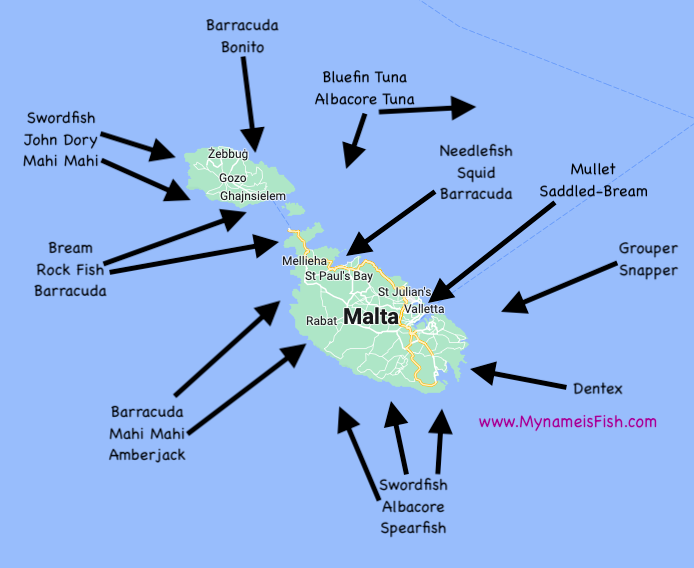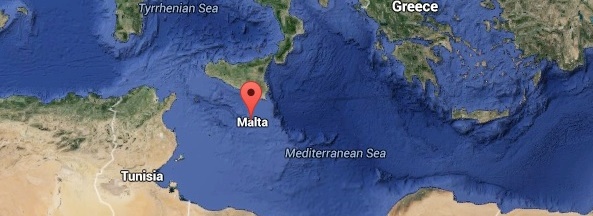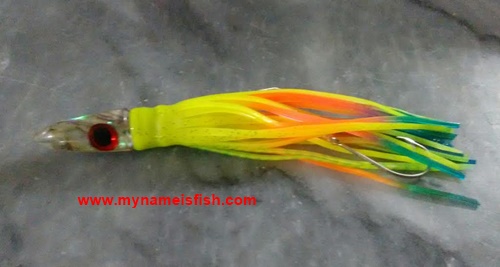Saudi Arabia Fish Farms and Cultured Species
Fish Farming Systems in Saudi Arabia
Who would think aquaculture is becoming a populer sector in such a desert country?
Freshwater sources are limited in Saudi Arabia and the main source of water is underground water, which is used both for aquaculture and agriculture. Therefore, freshwater farms are distributed all around the country where source of water is accessible.
The only way to establish a freshwater fish farm is to set up a traditional crop farm with the effluent water being used to irrigate crops. Consequently, fish farming and agricultural activities are joint activities. This system is beneficial for both fish health and agricultural production.
Brackish and marine aquaculture is mainly undertaken in huge shrimp farms using ponds and raceways located along the Red Sea cost.
Cultured species
Many species of freshwater, marine fish, shrimps, shellfish and ornamental fish are suitable for aquaculture activities. These species include:
Shrimps
Mainly the white shrimp, P. indicus, constitute the bulk of the aquaculture production in the country, comprising of about 78 percent of the total aquaculture production in 2004 (Fisheries Statistics, 2008). This species is present in the waters around Saudi Arabia and is tolerant to high water salinity. Because of its capability to breed and grow well in high saline waters, this species was found to be the best shrimp species suitable for aquaculture in the country. There were early attempts to culture P. monodon and P. semisulcatus, but failed due to water salinity issues.
Tilapia
 Nile tilapia (Oreochromis niloticus) is the main freshwater fish cultured in the country with present production of 2 276 tonnes or about 20 percent of the total aquaculture production in 2004 (Fisheries Statistics, 2006). These are mainly cultured in inland waters, where the freshwater used is also used for agricultural crops irrigation. In the last 10 years, Oreochromis spilurus, a salt tolerant strain of tilapia was introduced from Kenya. This species is now bred and cultured in high saline waters of the Red Sea. The present production of O. spilurus is still very minimal at about 1 percent of the total aquaculture production in 2004 (Fisheries Statistics, 2008).
Nile tilapia (Oreochromis niloticus) is the main freshwater fish cultured in the country with present production of 2 276 tonnes or about 20 percent of the total aquaculture production in 2004 (Fisheries Statistics, 2006). These are mainly cultured in inland waters, where the freshwater used is also used for agricultural crops irrigation. In the last 10 years, Oreochromis spilurus, a salt tolerant strain of tilapia was introduced from Kenya. This species is now bred and cultured in high saline waters of the Red Sea. The present production of O. spilurus is still very minimal at about 1 percent of the total aquaculture production in 2004 (Fisheries Statistics, 2008).
Other Species
Other species of fish that have consistently registered an annual production for the last 5-10 years are North Africa catfish (Clarias gariepinus), rabbitfish or siganids (Siganus rivulatus) and flathead grey mullet (Mugil cephalus). The production of these species, however, is still very low.
Source: FAO
Who would think aquaculture is becoming a populer sector in such a desert country?
Freshwater sources are limited in Saudi Arabia and the main source of water is underground water, which is used both for aquaculture and agriculture. Therefore, freshwater farms are distributed all around the country where source of water is accessible.
The only way to establish a freshwater fish farm is to set up a traditional crop farm with the effluent water being used to irrigate crops. Consequently, fish farming and agricultural activities are joint activities. This system is beneficial for both fish health and agricultural production.
Brackish and marine aquaculture is mainly undertaken in huge shrimp farms using ponds and raceways located along the Red Sea cost.
Cultured species
Many species of freshwater, marine fish, shrimps, shellfish and ornamental fish are suitable for aquaculture activities. These species include:
Shrimps
Mainly the white shrimp, P. indicus, constitute the bulk of the aquaculture production in the country, comprising of about 78 percent of the total aquaculture production in 2004 (Fisheries Statistics, 2008). This species is present in the waters around Saudi Arabia and is tolerant to high water salinity. Because of its capability to breed and grow well in high saline waters, this species was found to be the best shrimp species suitable for aquaculture in the country. There were early attempts to culture P. monodon and P. semisulcatus, but failed due to water salinity issues.
Tilapia
 Nile tilapia (Oreochromis niloticus) is the main freshwater fish cultured in the country with present production of 2 276 tonnes or about 20 percent of the total aquaculture production in 2004 (Fisheries Statistics, 2006). These are mainly cultured in inland waters, where the freshwater used is also used for agricultural crops irrigation. In the last 10 years, Oreochromis spilurus, a salt tolerant strain of tilapia was introduced from Kenya. This species is now bred and cultured in high saline waters of the Red Sea. The present production of O. spilurus is still very minimal at about 1 percent of the total aquaculture production in 2004 (Fisheries Statistics, 2008).
Nile tilapia (Oreochromis niloticus) is the main freshwater fish cultured in the country with present production of 2 276 tonnes or about 20 percent of the total aquaculture production in 2004 (Fisheries Statistics, 2006). These are mainly cultured in inland waters, where the freshwater used is also used for agricultural crops irrigation. In the last 10 years, Oreochromis spilurus, a salt tolerant strain of tilapia was introduced from Kenya. This species is now bred and cultured in high saline waters of the Red Sea. The present production of O. spilurus is still very minimal at about 1 percent of the total aquaculture production in 2004 (Fisheries Statistics, 2008).Other Species
Other species of fish that have consistently registered an annual production for the last 5-10 years are North Africa catfish (Clarias gariepinus), rabbitfish or siganids (Siganus rivulatus) and flathead grey mullet (Mugil cephalus). The production of these species, however, is still very low.
Source: FAO








